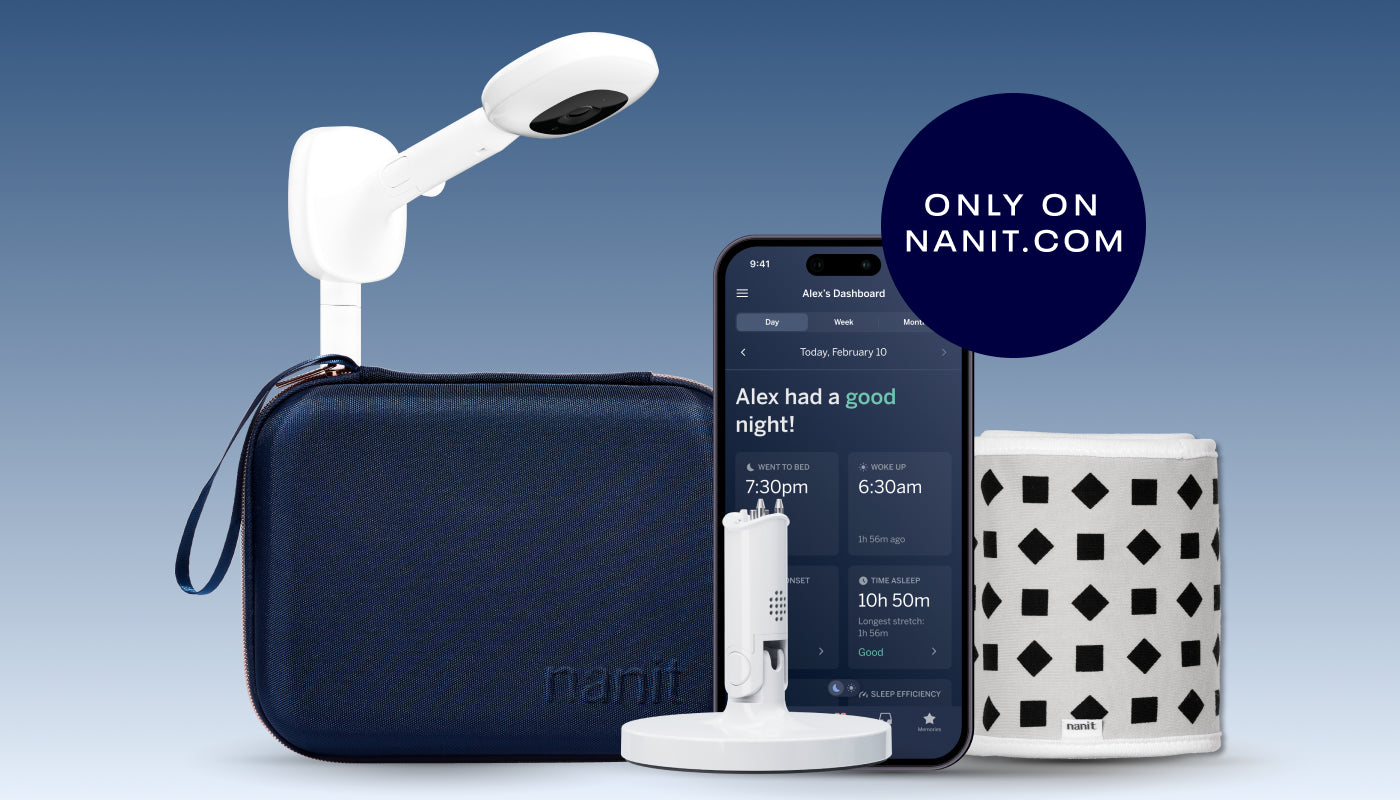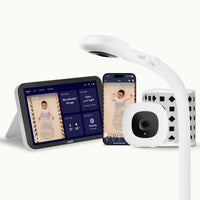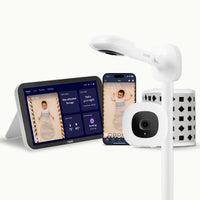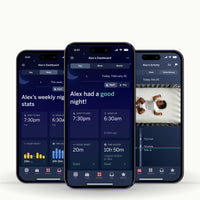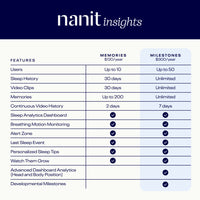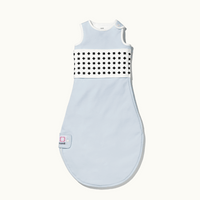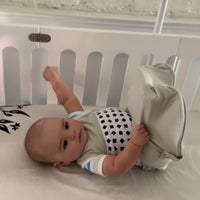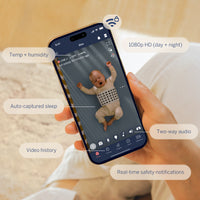Emily Dodwell MD, Natalie Barnett, Clare, Kehoe BA, David Scher
Presented at the Pediatric Orthopedic Society of North America, Vancouver, May 2022
Abstract
Introduction
Ongoing nighttime bracing is critical to maintain correction of clubfeet. Premature discontinuation of bracing is correlated with higher risk of recurrent clubfoot. Discontinuation is related to brace intolerance which may be due to sleep disruption while wearing the brace. New technologies enable accurate in-home measurement of sleep metrics.
Purpose
Objectively measure sleep metrics in children who are following a standard Ponseti nighttime bracing regimen. Compare clubfoot sleep metrics to age and geographically matched controls.
Methods
Nanit uses videosomnography to objectively measure and analyze sleep patterns. Patients 12-36 months wearing nighttime boots and bars were eligible. Total sleep time, sleep efficiency, parental interventions and night wakings were recorded. Sleep metrics were assessed using the Welch 2 sample t-test.
Results

Conclusions
Preliminary results suggest that sleep metrics while undergoing bracing are not significantly different than that of matched controls. A larger patient cohort will be required to identify differences that may or may not exist. Caregivers and physicians should feel reassured that clubfoot bracing will not impact child sleep. Sleep disruption due to the brace is not likely to be a reason for brace intolerance and providers should look for clubfoot-specific factors. This study lays the groundwork for further exploration of sleep quality/quantity while patients undergo various orthopedic interventions.
References
Dobbs et al. Factors predictive of outcome after use of the Ponseti method for the treatment of idiopathic clubfeet. JBJS 2004.
Haft et al. Early clubfoot recurrence after use of the Ponseti method in a New Zealand population. JBJS 2007.
Ramirez et al. Orthosis noncompliance after the Ponseti method for the treatment of idiopathic clubfeet. JPO 2011.
Horger et al. Methods for infant sleep measurement: A comparison of parent report, actigraphy, and the Nanit video monitoring system. Biennial Pediatric Sleep Conf 2019.
About the Researchers
The researchers included Emily Dodwell MD, Natalie Barnett, Clare, Kehoe BA, and David Scher.

- Dr. Natalie Barnett serves as VP of Clinical Research at Nanit. Natalie initiated sleep research collaborations at Nanit and in her current role, Natalie oversees collaborations with researchers at hospitals and universities around the world who use the Nanit camera to better understand pediatric sleep and leads the internal sleep and development research programs at Nanit. Natalie holds a Ph.D. in Genetics from the University of New England in Australia and a Postgraduate Certificate in Pediatric Sleep Science from the University of Western Australia. Natalie was an Assistant Professor in the Neurogenetics Unit at NYU School of Medicine prior to joining Nanit. Natalie is also the voice of Nanit's science-backed, personalized sleep tips delivered to users throughout their baby's first few years.
